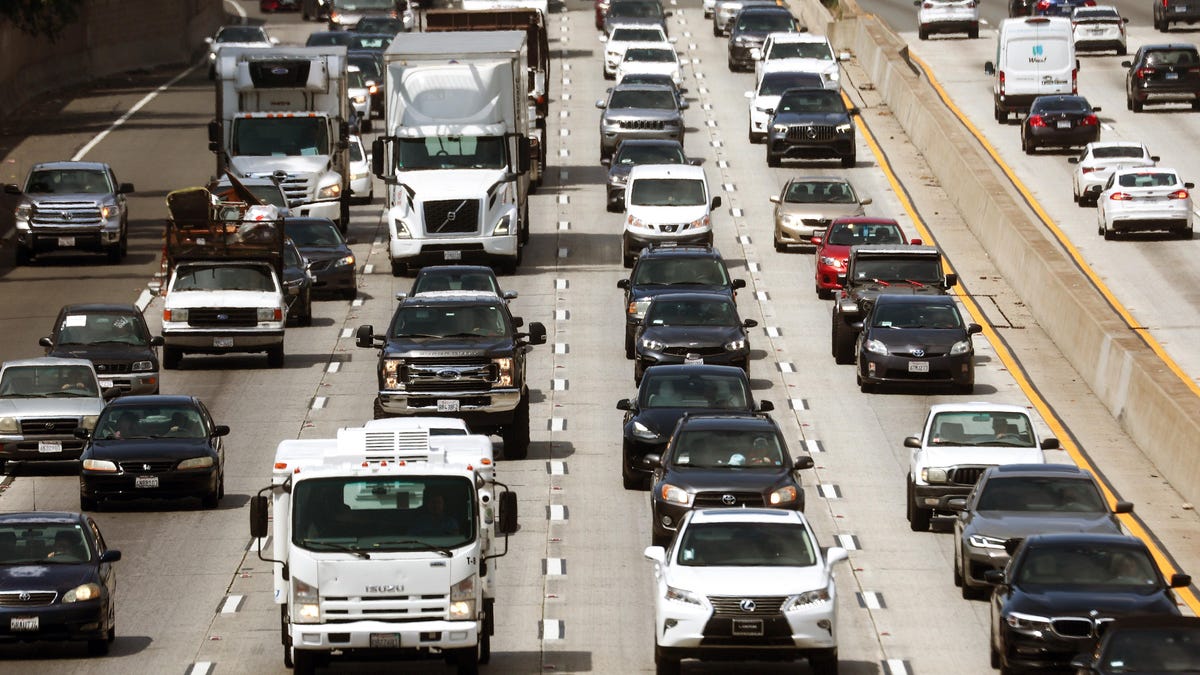According to reports, California will prohibit the sale of new gasoline-powered vehicles by 2035. According to a report from The New York Times, it’s the first state to do so, and it might ultimately have a significant influence on the U.S.’s shift to electric vehicles.
“California will now be the only government in the world that mandates zero-emission vehicles,” Margo Oge, an EV expert who has led the EPA’s transportation emission programs for years, told the Times. “It is unique.”
The California Air Resources Board’s regulation mandates that by 2035, all new cars sold in the state must be free of the primary greenhouse gas emissions from fossil fuels, up from the current 12 percent. By 2026, 35 percent of new passenger vehicles sold in the state must have zero emissions, according to intermediate goals. By 2030, that would increase to 68 percent.
According to The Times, there are two key reasons why the new limits are crucial. In the United States, California has the largest automobile market. Second, the nation is influenced by California. When establishing their own regulations for automobile emissions, more than a dozen states in the union have been known to take California as a model.
“The climate crisis is solvable if we focus on the big, bold steps necessary to stem the tide of carbon pollution,” Gavin Newson, California’s governor, said in a statement.
According to experts, the new California rule might rank alongside the Washington law as one of the most significant climate change policies in the world and help reduce the country’s carbon dioxide emissions by a sizeable amount. The new regulation is also anticipated to have an impact on international and U.S. government initiatives to encourage electric vehicles and reduce automobile emissions.
The Times reports that at least 12 additional states may do the same in the near future. Additionally, five other states that adopt the more comprehensive Golden State car pollution reduction scheme are anticipated to do the same in approximately a year. All in all, that would imply that similar gas bans exist in around 30% of the states across the nation.









